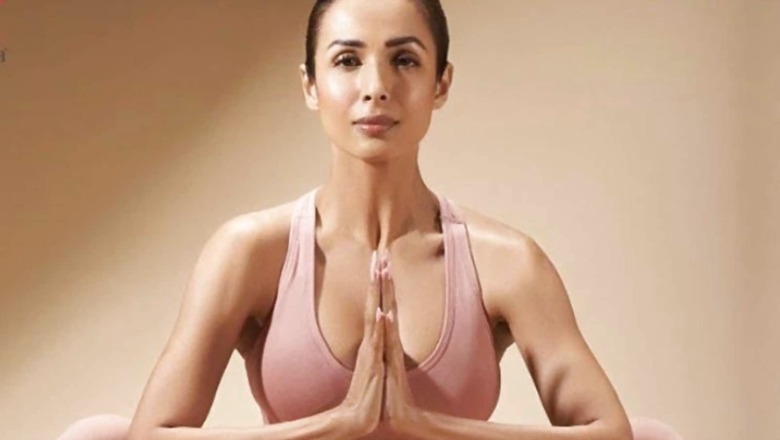
views
What do you do when your bad day culminates in a severe headache? Probably pop a painkiller, maybe even indulge in acupressure, or sip on some chamomile tea. But, did you know yoga also has a natural cure for headaches? According to a Harvard study, there are approximately 300 different types of headaches, says Malaika Arora’s yoga instructor Sarvesh Shashi.
Stating that headaches can come in various forms like cluster, tension, migraine, and sinus, Sarvesh shared a few yoga poses that could be beneficial to ward off the pain.
In an Instagram post, the yoga instructor wrote, “One of the causes of headaches, which are the most prevalent issue, is having a lot of stress in the muscles in your neck and shoulders. Yoga can benefit those who suffer from headaches by providing additional alleviation, according to research.” Next, he demonstrated three asanas, namely, Padangusthasana, Cat-Cow Pose, and Supta Virasana, which can prove to be super beneficial.
View this post on Instagram
Padangusthasana assists in calming the mind and reducing stress and anxiety. On the other hand, the Cat-Cow pose promotes emotional harmony, which calms both the body as well as the mind. The Cat-Cow pose also improves posture and body balance while supporting the structural integrity of the neck and spine. Last but definitely not least, Supta Virasana stretches the knees, ankles, thighs, and deep hip flexors. Additionally, it improves digestion, strengthens arches and provides relief from menstruation pain.
In a previous post, Sarvesh Shashi talked about the problems faced due to high cholesterol levels in the body. He mentioned that high cholesterol problems can be a hereditary issue as well. According to Sarvesh, people can “manage cholesterol levels better and improve overall well-being by incorporating yoga into the daily routine.” The yoga instructor shared three asanas – Chakrasana, Shalabhasana, and Sarvangasana – to keep the cholesterol levels in check.
View this post on Instagram
The shoulder and chest muscles will be stretched in Chakrasana. In addition, it also improves spinal flexibility and hamstring strength. Moving on to the Shalabhasana, it strengthens the arms, legs, hip joints, pelvic organs, as well as the lower back. Shalabhasana also eases the symptoms of sciatica, slipped discs and backaches. Then we have Sarvangasana, which assists in enhancing brain activity and improves the health of the thyroid gland. Regularly practising Sarvangasana may also help with the symptoms of hypertension by lowering high blood pressure.
Read all the Latest Lifestyle News here















Comments
0 comment